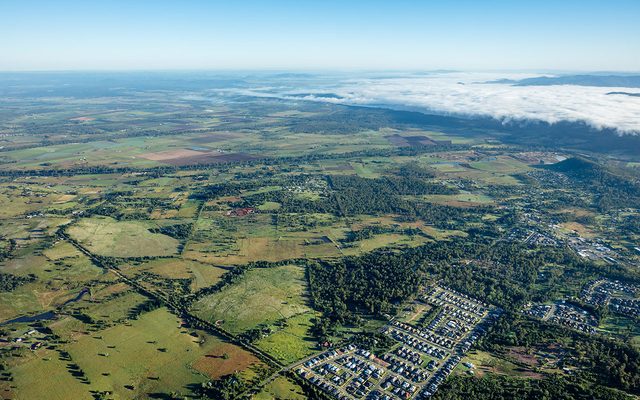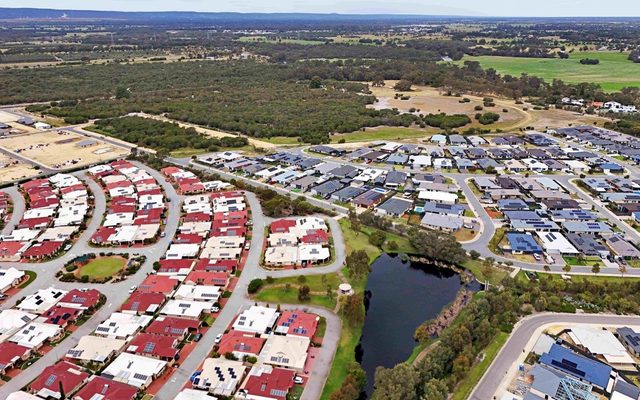This article is from the Australian Property Journal archive
IT will take 27 years to consume the stock of non-urbanised land available for development in the Perth Metropolitan, Peel and Greater Bunbury regions based on previous trends.
This estimate was made and revealed in the WA government’s Urban Growth Monitor which is off the back of stock of land zoned for urban development as of 31 December, 2021.
There was approximately 117,140 hectares of urban and urban deferred zoned land across the Perth metro, Peel and Greater Bunbury regions at the end of 2021. 28,020 (24%) of the land is non-urbanised and with the rate of consumption in the last 20 years so minimal in comparison to the supply – it’ll be at least 2050 before the land is completely consumed.
The level of consumption by subdivision in the 20-year period to December 2021 was an average of 890 hectares of land per annum. 850 hectares per annum were consumed by construction in the Perth metropolitan and Peel regions.
An average of just 60 hectares per annum was consumed by subdivision and construction in Greater Bunbury in the 20 years to 2021. This means existing stock would still meet demand for another 58 years at this rate.
In terms of Infill, a total of 10,260 dwellings were constructed in the Perth metro and Peel regions – 4150 in infill areas and 6110 in greenfield areas.
The net infill rate took a hit in 2021. It was just 29%, down from 44% in 2020. There was reduced level of infill development in 2021 as a result of an increase in greenfield dwelling construction.
The project Perth and Peel@3.5 million aims to accommodate 3.5 million people by 2050. Almost half of the required 800,000 new homes in the project are to be built through infill development. The plan sets a target of 15 dwellings per gross urban zoned hectare for new residential development – an equivalent to 26 dwellings per net site hectare.
If rates of residential infill development and greenfield densities improve, the theoretical land supply may be extended.




